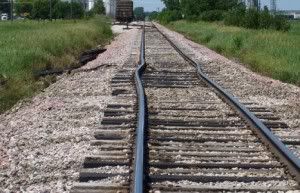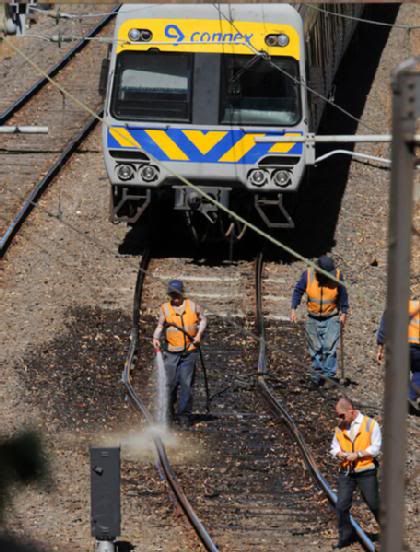Around 10 years ago I started making inquiries about a train in the garden. Lots of info available, but down under brass or stainless steel track was far too expensive so had to find an alternative. Aluminium seemed to be the only suitable alternative so started asking questions. All the advice I got was it would’nt work, expansion too great, too much maintenance etc, etc .
But, on a beer income couldnt afford the champaign rails so I tried it. It worked and most of the advice I got why I should not use it was completely wrong. Its cheap, no problem with conductivity, and it does not need all the extra cleaning. ( once every 3 months a very light sand).Now, with part of a wire brush under a cleener wagon I dont even have to sand it anymore.
Anyway, I then found out that a fellow modeller in Sydney, Australia had done it more or less simular to my efforts.
Why am I saying all this you ask, well, with all the negatives I heard its amazing that because of the high cost of copper etc one large model rail supplier is now, or going to, produce new rail in guess what? , yep, aluminium… Sure it may be better shaped than mine but lets face it, its still aluminium. The stuff so many said would not work…Theres a comment that says it will have a special coating, why, it works perfectly without it. Its only if you live next door to the salt water will you have problems.
I just hope that some starting up were not put off by the high costs of brass or stailess rail and didnt try aluminium because of the negative comments.
So, if your just starting with your g scale, or even O gauge train in the garden and cant afford the top ready made track and are prepared for a little hard graft, dont be put off by all the negative comments, I suppose mainly by people that have not actually tried it.
Dont get me wrong, I dont intend to put the doubters down but I feel that many have accepted the bad hype from the past, which in the main seems to be unfounded, without


